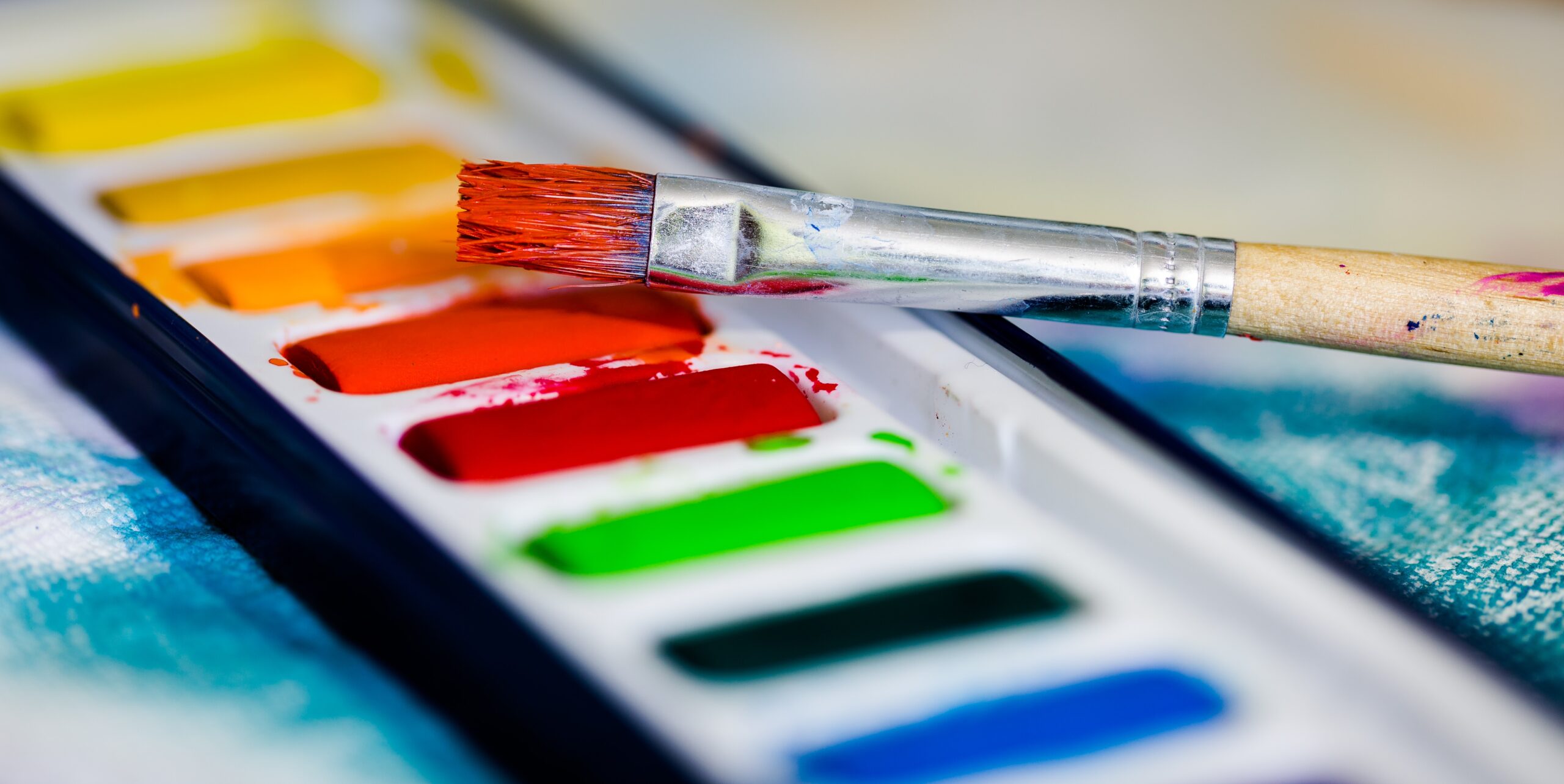Often, when people think about therapy the first thing which usually springs to mind is talk therapy. The thing is, everyone is different and some people actually find it hard to express themselves through talking. In fact for some, talking can be too much all together, especially the idea of talking to someone they have never met! This can, in turn, be enough to put the individual off of therapy altogether.
But what if there was another way? Another type of therapy which was fully inclusive to all, adults, men, women and children? What if it meant no talking at all! Well if this sounds like something which appeals to you, you’re in the right place!
Let us introduce you to Art Therapy. Now we know that this might be a new concept for you and is likely to be sending all sorts of questions spinning round in your mind…..what is art therapy? What if I can’t draw? How does it work? How do I know if it’s right for me?
At Future Living, Art Therapy is just one of the types of therapy we offer. This means we are lucky enough to have 3 Art Therapists within our team and who better to tell us more about Art Therapy than the therapists themselves?
We asked the Art Therapists to enlighten us some more on the benefits of Art Therapy and put our minds to rest on some common misconceptions and anxieties people have about this form of therapy.
What is Art therapy?
Art Therapy, much like other therapies, is a way to process difficulties an individual may be facing, including traumatic experiences. The overall aim is to allow change and growth through using art materials in a confidential and safe space with a containing and attuned therapist. It can take place in groups or 1:1. Art Therapy focuses on the three-way process and relationship between the artwork, the therapist, and the client.
How does Art therapy differ from talk therapy?
The difference between traditional talking therapies and art therapy is that art does not rely on words. Some of our experiences do not have words and through interaction with art materials art therapy provides a way to help you work through your experiences and feelings. Art Therapy offers the opportunity for children and adolescents to be taught new experiences of art making, to challenge ideas and engage in creative thinking.
One of our placement Art Therapists said: “Art therapy provides a safe and nourishing space for children, adolescents, and adults to explore unresolved feelings and emotions through creativity and play. With my clients I have witnessed an increase in confidence and the ability to play spontaneously within the space. When children play and engage with the art materials their anxiety can be reduced.They could potentially feel ‘safe enough’ to discuss difficult feelings and emotions.”
What if I’m not good at art?
You don’t need to be ‘skilled’ at art to engage in Art Therapy. Art Therapy is not dependent on spoken language and can be particularly helpful for those who may find it hard to express themselves and their feelings verbally. Having the openness to explore the materials is enough. The way the piece you create looks is not the goal of the therapy. It is the process of making it.
How can it help?
Art Therapy can provide a safe space to explore your thoughts, feelings, and experiences. Engaging in non-verbal creative methods of exploration can often tap into areas of the unconscious. These areas are not always easy or accessible to recall in verbal language alone.
Art therapy can work towards improving confidence, self-awareness, self-agency. Sometimes it can offer a means of on-going expression. Or a ‘coping mechanism’ that can be taken forward in other areas of life. Even after therapy has come to an end. It can help with trust building, connection with self and others, and forming positive relationships. Worries, hopes, feelings and experiences can be worked through together with the therapist.
So, if you’re looking for a place where the focus is not on words, art therapy might be perfect for you.
To find out more about Art Therapy offered at Future Living or to request a referral form, email [email protected]







